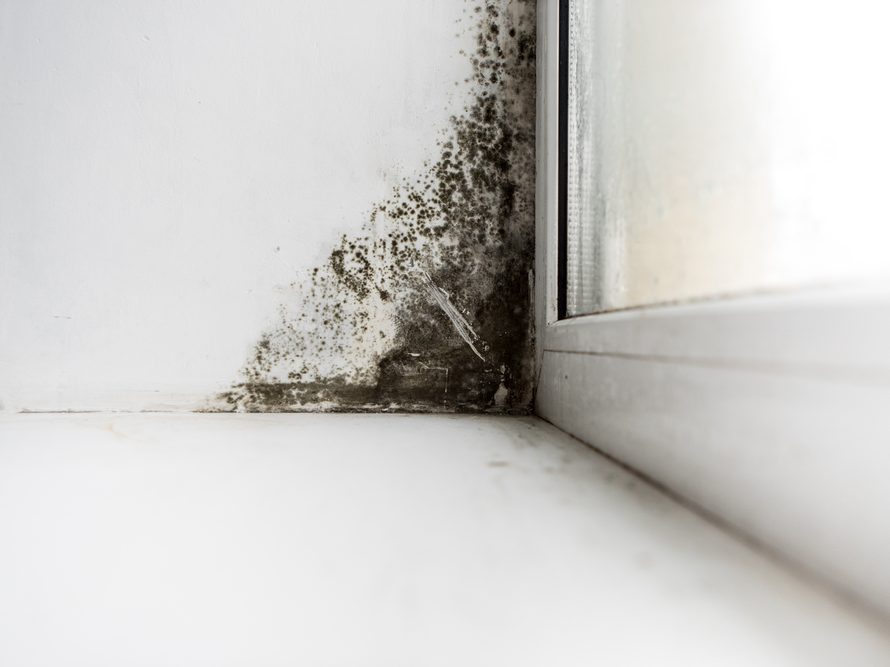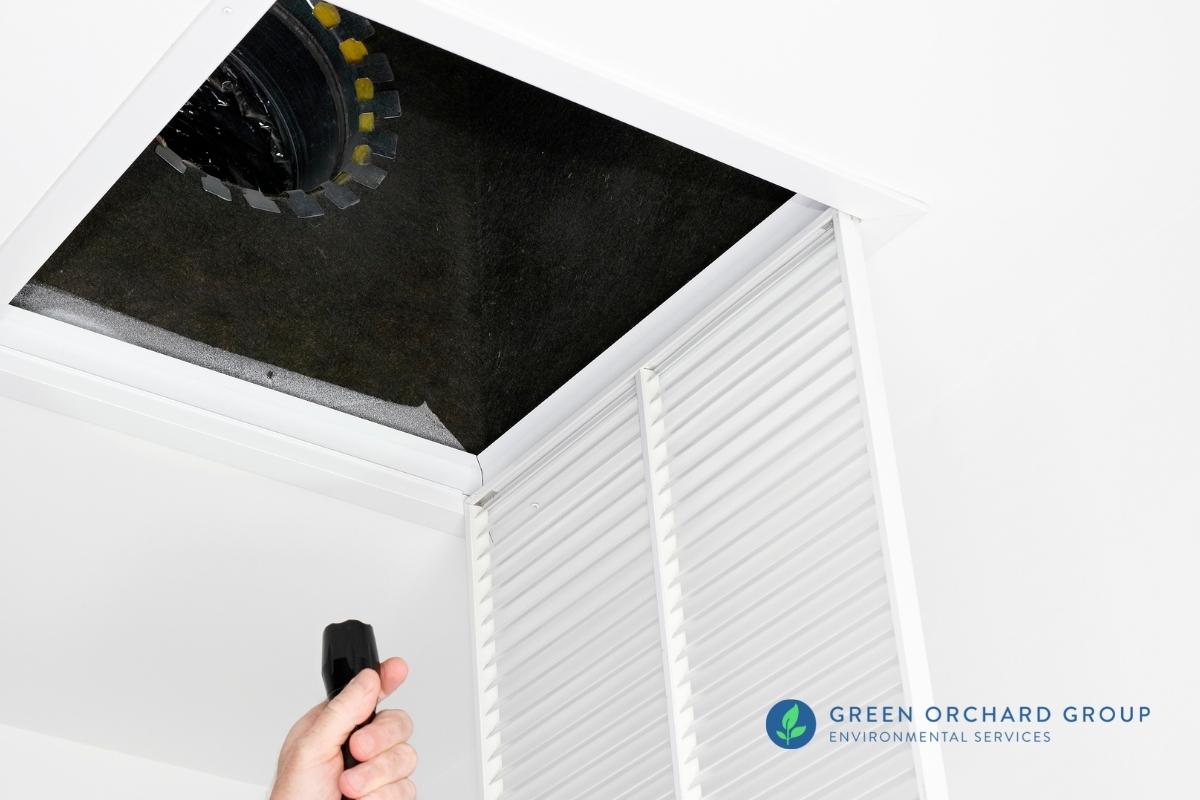Crafting an In-depth Post Mold Remediation Report
Crafting an In-depth Post Mold Remediation Report
Blog Article
Effective Post Mold Remediation Solutions for Your Home
Mold and mildew growth in homes can be a relentless concern, usually calling for an organized method for reliable post-remediation solutions. From comprehending the factors that add to mold advancement to executing proper cleansing techniques and dampness control procedures, the procedure can be complex yet essential for keeping a healthy and balanced living atmosphere. Furthermore, discovering natural remediation remedies and developing a routine for recurring maintenance are vital components of a detailed mold and mildew remediation method. As homeowners aim to attend to mold and mildew issues, finding the most efficient services ends up being vital for the well-being of their homes.
Recognizing Mold And Mildew Growth Factors
Mold and mildew growth is influenced by a variety of factors that are critical to understand in order to properly address and prevent its proliferation. Understanding these variables is important in implementing successful mold removal methods. The primary element contributing to mold and mildew growth is dampness. Mold spores require wetness to sprout and thrive, making wet or moist atmospheres very susceptible to mold invasions. Poor ventilation can likewise lead to moisture build-up, producing an ideal reproduction ground for mold and mildew.

In addition, airflow and light exposure can affect mold growth. Areas that do not have appropriate air flow and natural light are much more vulnerable to mold and mildew advancement. By dealing with these aspects comprehensively, people can properly minimize mold and mildew growth and protect their living atmospheres.
Proper Mold And Mildew Cleaning Methods
Utilizing effective cleansing techniques is crucial in dealing with and preventing the reoccurrence of mold and mildew contamination in indoor environments. When managing mold, it is critical to focus on safety and security by using protective gear such as gloves, masks, and safety glasses. The very first action in correct mold cleaning is to include the afflicted area to stop the spread of spores to uncontaminated areas. This can be attained by sealing the room and making use of air scrubbers or negative air devices to maintain air high quality.

Carrying Out Moisture Control Actions
To effectively avoid mold and mildew growth and contamination in interior settings, applying dampness control measures is extremely important. Moisture is the main factor that fuels mold and mildew development, making it critical to take care of moisture levels within the home. One efficient action is to click over here now make use of dehumidifiers to preserve interior humidity levels listed below 60%. Additionally, guaranteeing appropriate ventilation in locations vulnerable to moisture accumulation, such as bathrooms and kitchens, can help in reducing the danger of mold and mildew growth. Regularly checking and fixing any kind of leakages in pipes, roofs, or windows is additionally important in avoiding excess moisture build-up. Making use of exhaust followers while cooking or showering, and enabling air blood circulation by keeping furniture somewhat far from walls can aid in moisture control. Moreover, making use of moisture-resistant materials in high-humidity locations, such as mold-resistant drywall and paints, can be beneficial. By diligently implementing these dampness control actions, home owners can properly reduce the probability of mold recontamination and maintain a healthy interior atmosphere.
Utilizing All-natural Remediation Solutions
After efficiently carrying out dampness control procedures to stop mold development in interior settings, house owners can currently check out the performance of all-natural remediation services in preserving a healthy home. Natural removal remedies utilize eco-friendly techniques to fight mold and mildew, making them a preferred selection for those seeking non-toxic alternatives. One such service is making use of vinegar, an all-natural antimicrobial agent, to tidy and disinfect surface areas contaminated by mold and mildew. Just thin down vinegar with water and spray it onto the affected areas, permitting it to rest for a couple of hours before wiping tidy. Furthermore, tea tree oil, recognized for its antifungal properties, can be blended with water and splashed onto mold-infested surface areas to inhibit further development. One more natural alternative is hydrogen peroxide, which can properly kill mold on different surface areas without leaving damaging residues behind. By integrating these natural remediation services into their cleaning regimens, homeowners can effectively battle mold and mildew growth while advertising a much healthier indoor environment for themselves hop over to here and their families.

Preserving a Mold-Free Setting
In order to prevent mold reoccurrence and make sure a consistently mold-free environment, it is crucial for property owners to carry out positive maintenance techniques. Routinely examining areas vulnerable to mold and mildew growth, such as shower rooms, cooking areas, attics, and cellars, is essential. Attending to any type of leaks, water damages, or excess wetness quickly can significantly minimize the threat of mold development. Post Remediation verification. Correct ventilation in areas with high moisture degrees is additionally key to avoid mold development. Making use of dehumidifiers or exhaust followers can assist preserve optimum dampness levels and prevent mold spores from thriving.
Furthermore, preserving sanitation in the home is important for mold prevention. On a regular basis cleansing and dusting surfaces, carpets, and upholstery can assist get rid of mold mold removal aerosol and mildew spores before they have a chance to settle and multiply. Making use of mold-resistant products for building and construction products and furnishings can further assist in producing a mold-free environment. Maintaining interior plants in check and guaranteeing proper drain in outside landscaping can reduce moisture build-up, minimizing the chance of mold and mildew invasions. By following these proactive maintenance practices, property owners can successfully support a mold-free space.
Verdict
In verdict, it is crucial to resolve mold development aspects, use correct cleansing methods, carry out wetness control measures, utilize all-natural remediation options, and maintain a mold-free setting in order to efficiently manage post mold removal in your house - testing air quality after mold remediation. By adhering to these approaches, you can protect against mold and mildew from reoccuring and make sure a healthy and balanced living environment for you and your family members
The key factor adding to mold and mildew growth is wetness. Mold and mildew spores call for dampness to sprout and grow, making damp or moist atmospheres extremely susceptible to mold invasions.To properly stop mold and mildew development and contamination in interior settings, carrying out wetness control procedures is extremely important. In addition, guaranteeing proper air flow in locations vulnerable to moisture build-up, such as kitchen areas and restrooms, can help decrease the risk of mold growth.After successfully executing moisture control steps to avoid mold growth in indoor settings, homeowners can now discover the performance of all-natural removal options in preserving a healthy living space.
Report this page